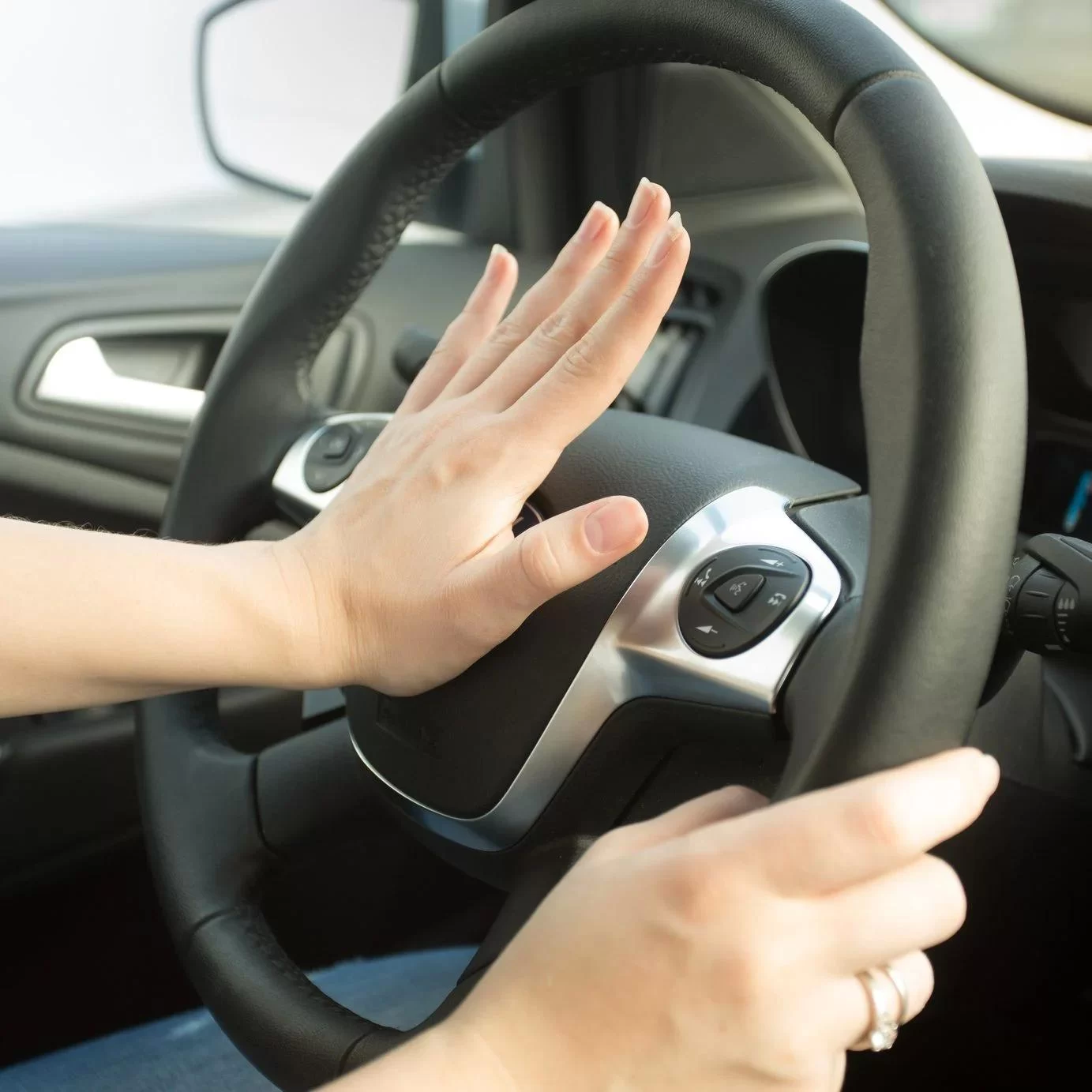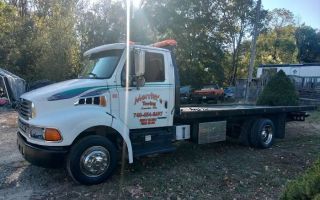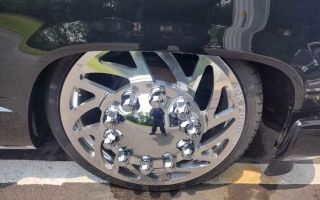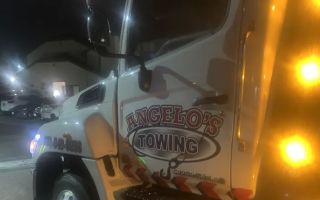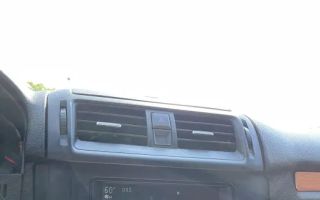How to Fix a Car with a Malfunctioning Horn: Step-by-Step Guide
As a car owner, there are few things more frustrating than realizing that your car horn isn't working. Whether it’s a safety issue, an inconvenience, or simply something you rely on for communication on the road, a malfunctioning horn can leave you feeling uneasy. I know this first-hand after facing the issue myself. After some investigation, I was able to pinpoint the cause and fix it. If you're currently dealing with a horn that isn’t working, don’t worry. I’ll walk you through everything you need to know, from diagnosing the problem to fixing it, all from a DIY perspective.
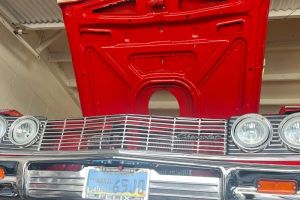
Hawthorne Auto Services
12205 S Prairie Ave STE. F, Hawthorne, CA 90250, USA
Common Causes of a Malfunctioning Car Horn
Before diving into the repair process, it’s essential to understand the most common causes behind a malfunctioning horn. From a simple fuse issue to more complicated electrical problems, there are a few typical culprits. Here are the most common issues I encountered:
- Blown Fuse: This is one of the simplest and most common causes of a malfunctioning horn. A blown fuse interrupts the circuit, causing the horn to stop working.
- Faulty Horn Relay: The horn relay acts as a switch that sends power to the horn when you press the horn button. If it malfunctions, the horn won’t activate.
- Broken Horn Button: Sometimes, the problem is as simple as the horn button on the steering wheel not functioning correctly. If the button gets stuck or stops working, the signal may not reach the horn.
- Corroded Wiring: Over time, the wiring that connects the horn to the power source can become corroded or damaged, preventing the horn from working properly.
- Worn-Out Horn: The horn itself may have failed due to age or wear and tear. If this is the case, you’ll need to replace the horn entirely.
Tools You’ll Need
Before you get started with the repair, it's important to gather all the necessary tools. Based on my own experience, here’s what you’ll need:
- Screwdrivers: You'll need both flathead and Phillips screwdrivers to remove panels and parts.
- Multimeter: This tool will help you check the electrical components for continuity.
- Fuses: Replacement fuses are essential in case you find a blown fuse during your inspection.
- Wiring Harness and Connectors: If you discover damaged wiring, these are useful for repairs.
- New Horn (Optional): If your horn is damaged, you’ll need a new one for replacement.
- Ratchet Wrench and Socket Set: If you need to access deeper parts of the steering column or other areas, a wrench set will help.
Diagnosing the Problem
The next step is diagnosing the issue. Here’s how I approached it:
- Step 1: Check the Fuse – The first thing I did was check the fuse. Most cars have a fuse box that’s located either under the dashboard or in the engine compartment. I used the car’s manual to locate the horn fuse, then removed it and checked if it was blown. If the metal strip inside the fuse was broken, I knew the fuse needed replacement.
- Step 2: Inspect the Horn Relay – If the fuse was in good condition, I moved on to inspecting the horn relay. The relay is often located near the fuse box or in the engine compartment. I used a multimeter to test for continuity across the relay. If there was no continuity, it meant the relay was faulty and needed replacing.
- Step 3: Check the Horn Button – The horn button can sometimes get stuck or worn out. I pressed the horn button a few times to see if it felt “off” or wasn’t responding correctly. If the button felt loose or unresponsive, I knew the issue might be with the steering wheel’s wiring or the button itself.
- Step 4: Inspect the Wiring – The wiring can become corroded or damaged over time, especially around the horn itself. I traced the wiring from the horn to the relay and fuse box. I checked for any visible signs of wear or corrosion and used a multimeter to check for continuity. Damaged wiring would need to be replaced or repaired.
Repair Steps
Once I identified the problem, I moved on to the repair steps. Here's how I fixed my horn:
- Step 1: Replacing the Fuse – If the fuse was blown, I simply replaced it with a new one of the same amperage. It’s essential to use the correct amperage to avoid electrical issues. After replacing the fuse, I tested the horn again to see if it worked.
- Step 2: Replacing the Relay – If the relay was faulty, I swapped it with a new one. Relays are often inexpensive and easy to replace. After replacing it, I tested the horn to check for functionality.
- Step 3: Fixing the Horn Button – If the horn button was unresponsive, I removed the steering wheel cover to access the button and its connections. I cleaned any debris and made sure the wiring was intact. If necessary, I replaced the horn button mechanism.
- Step 4: Replacing the Horn – If the horn itself was broken, I unbolted the old horn from its mounting location, connected the new horn’s wiring, and bolted it back in place. Once done, I tested the new horn to ensure it worked.
Testing the Horn
After completing the repair, I was eager to test my work. I turned on the car and pressed the horn button, and—success! The horn sounded loudly and clearly. I tested it a few more times to ensure there were no issues. If you’re following these steps, make sure to test the horn after each part of the repair to confirm everything is working as expected.

Hawthorne Auto Services
12205 S Prairie Ave STE. F, Hawthorne, CA 90250, USA
When to Seek Professional Help
While most horn repairs can be done at home with basic tools and a bit of patience, there are some cases where it might be better to call in a professional. For example:
- If you’re unable to locate the issue after troubleshooting.
- If you’re uncomfortable working with electrical components or disassembling parts of your car.
- If your horn repair requires access to complex areas like the steering column that might need special tools.
In cases like these, you can always reach out to a professional mechanic or a local auto repair shop. If you need assistance with a towing service to get your car to the shop, I highly recommend checking out Rescue & Towing for reliable service.
With this guide, you should be able to identify and fix the most common causes of a malfunctioning car horn. By following the steps carefully, you can save time and money on professional repairs while restoring your car’s horn to working order.

